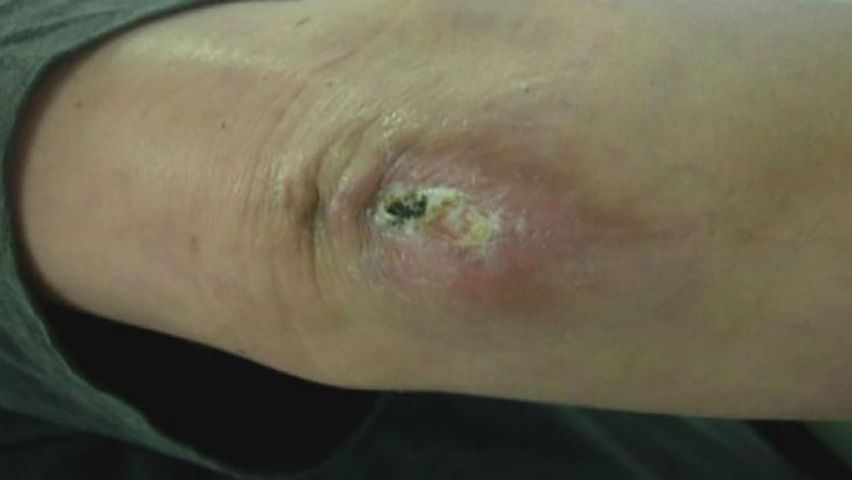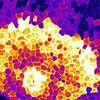How the body heals wounds

How the body heals wounds
Learn how wounds heal.
Contunico © ZDF Studios GmbH, Mainz
Transcript
We're all familiar with pain. Indeed, professional cyclists aren't the only ones who know injuries are unavoidable. And it is imperative to respond quickly. This is how the body's emergency response system works. Semiochemicals like histamines are released and transmit messages to one another, prompting inflammatory cells to move into action. Blood platelets aggregate around the wound, forming a mass. This fast means of communication among the body's cells irritates the affected area on the skin, causing it to itch. It looks something like this.
As if reflex-driven, we feel the need to scratch an itchy area. Fibers communicate the pain caused by scratching to the brain by way of the spinal cord. The fibers are thin and the information reaches the nerves very quickly. The painful sensation of scratching overrides the itchy feeling - at least temporarily. The danger is that scratching wounds can cause infection. A new plasma treatment has been designed to prevent this sort of infection. Gas particles present during radiation disinfect the wound, prompting cell tissue regeneration. The skin can heal more quickly, and the wound closes faster.
A special type of medical honey can provide an equally effective means of treatment. Clinics often use wound gels made from honey to drain wounds, killing bacteria in the process. Animals lick their wounds. The reason for this is that saliva contains proteins known as histatins, which wipe out bacteria. Still, the best way to counteract itching is by placing a soothing cold pack on the affected area. Itching is indeed a sign that a wound is healing. The trick, however, is to be patient. For as the saying goes, time heals all wounds.
As if reflex-driven, we feel the need to scratch an itchy area. Fibers communicate the pain caused by scratching to the brain by way of the spinal cord. The fibers are thin and the information reaches the nerves very quickly. The painful sensation of scratching overrides the itchy feeling - at least temporarily. The danger is that scratching wounds can cause infection. A new plasma treatment has been designed to prevent this sort of infection. Gas particles present during radiation disinfect the wound, prompting cell tissue regeneration. The skin can heal more quickly, and the wound closes faster.
A special type of medical honey can provide an equally effective means of treatment. Clinics often use wound gels made from honey to drain wounds, killing bacteria in the process. Animals lick their wounds. The reason for this is that saliva contains proteins known as histatins, which wipe out bacteria. Still, the best way to counteract itching is by placing a soothing cold pack on the affected area. Itching is indeed a sign that a wound is healing. The trick, however, is to be patient. For as the saying goes, time heals all wounds.








